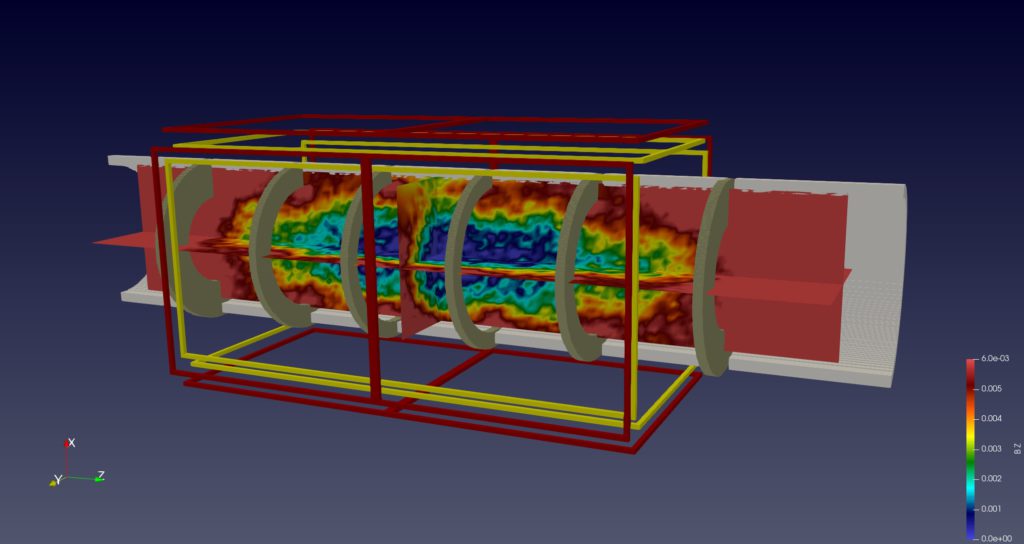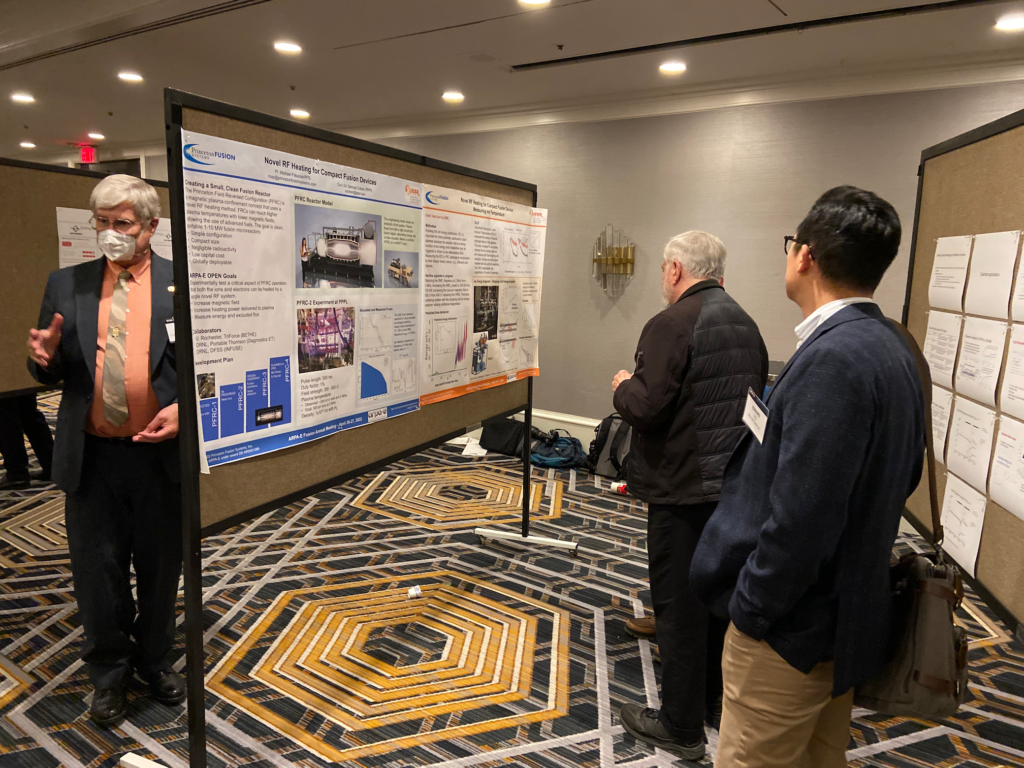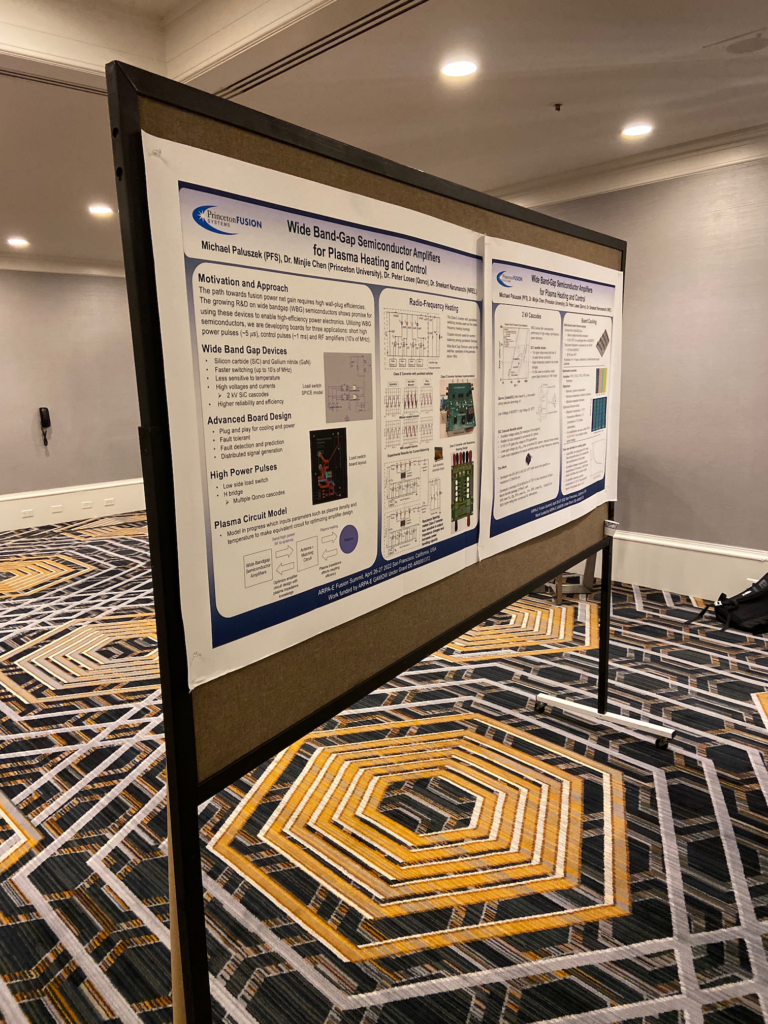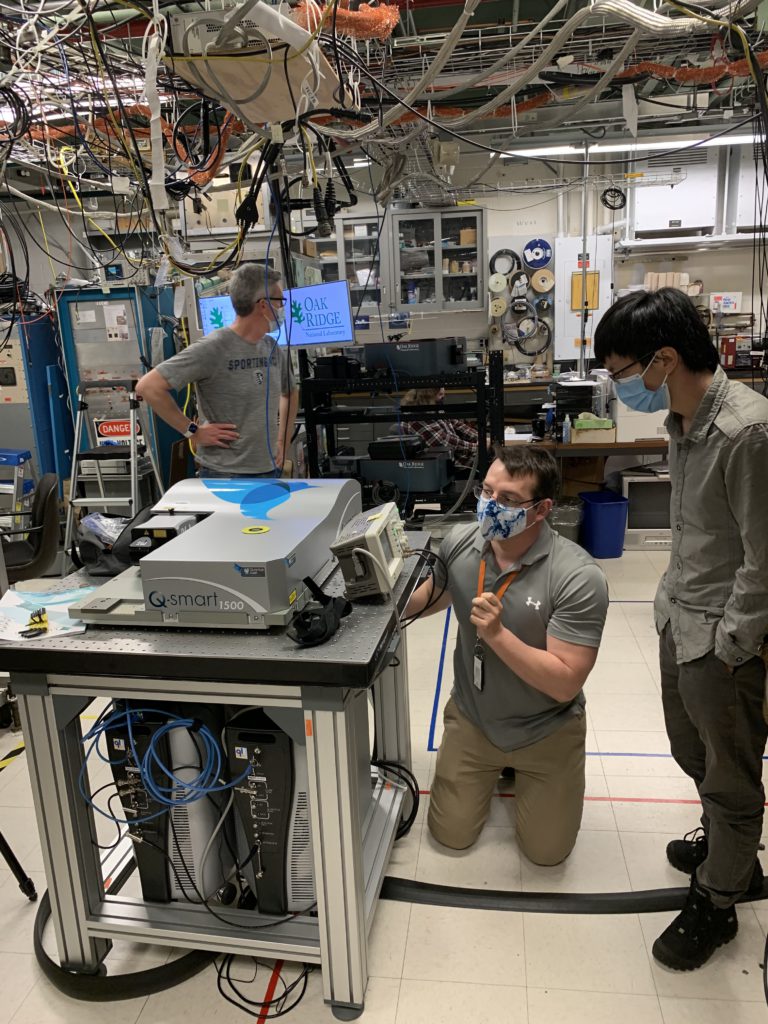The Department of Energy announced the First Round of the FY 2022 Public-Private Partnership Awards to Advance Fusion Energy. The awards list contains 18 awardees. Princeton Fusion Systems, also known as Princeton Satellite Systems, received three awards:
Electron density profiles on PFRC with USPR: Ultrashort Pulse Reflectometry (USPR) is a plasma diagnostic technique that would be used on the Princeton Field-Reversed Configuration (PFRC) to measure electron density profiles. Such profile measurements provide insight into the structure of PFRC plasma and can improve our estimates of confinement time. Our University partner is University of California, Davis, PI Dr. Neville Luhmann.
Evaluating RF antenna designs for PFRC plasma heating and sustainment: We intend to analyze RF antenna performance parameters critical to the validity of robust PFRC-type fusion reactor designs. Team member University of Rochester will support TriForce simulations and contractor Plasma Theory and Computation, Inc. will support RMF code simulations. Our national lab partner is Princeton Plasma Physics Laboratory, PI Dr. Sam Cohen.
Stabilizing PFRC plasmas against macroscopic low frequency instabilities: This award will use the TriForce code to simulate several plasma stabilization techniques for the PFRC-2 experiment. Our lab partner is PPPL and the team again includes the University of Rochester.
These awards will help us advance PFRC technology. Contact us for more information!




